
Unique properties of microgravity lead to more effective drugs.

Unique properties of microgravity lead to more effective drugs.
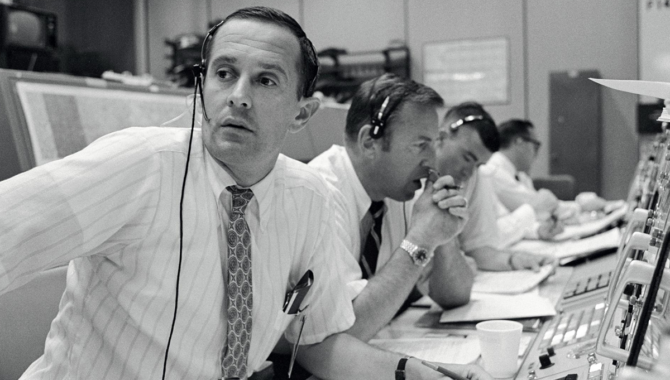
Duke talks Armstrong and Aldrin through communications issues, alarms, and a dwindling fuel supply to help them reach the lunar surface.
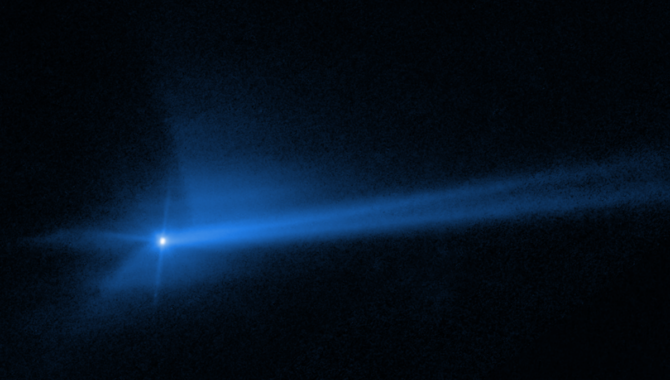
Representatives from NASA, FEMA, federal agencies and international partners discuss real challenges posed by hypothetical scenario.

Pointing method developed decades ago uses full complement of instruments to focus on targets with precision.
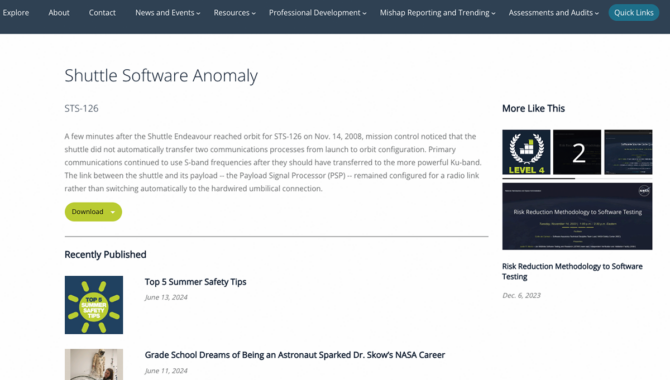
Case Study–A few minutes after the Shuttle Endeavour reached orbit for STS-126 on Nov. 14, 2008, mission control noticed that the shuttle did not automatically transfer two communications processes from launch to orbit configuration. Primary communications continued to use S-band frequencies after they should have transferred to the more powerful Ku-band. The link between the shuttle and its payload — the Payload Signal Processor (PSP)–remained configured for a radio link rather than switching.

The course is for all NASA personnel and defines the basic knowledge, types, factors and consequences behind organizational silence; identifies organizational silence conditions; and describes tactics and steps to combat organizational silence.
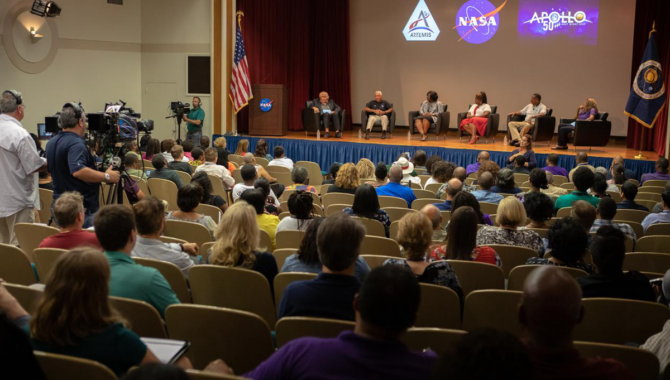
This course was developed to provide NASA employees with an overview of intent of the Technical Authority program/initiative and management structure designed to ensure checks and balances between decision-making authorities.
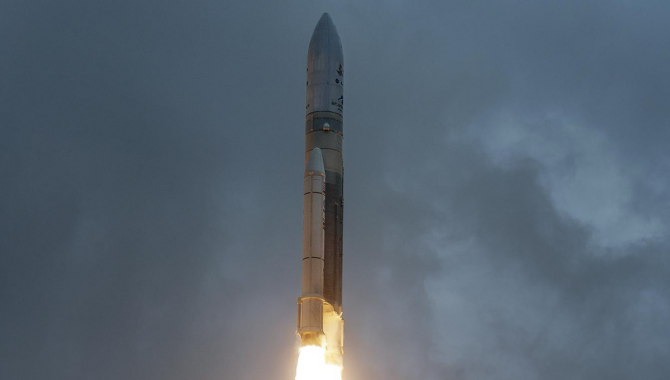
This course is designed to provide you with an overview of the Ariane 5 failure, which occurred on June 4, 1996. Arianespace, the world’s first commercial launch provider, developed and operated the Ariane family of launch vehicles on behalf of the European Space Agency (ESA). Ariane 5 Flight 501 was the first flight for the Ariane 5 launch vehicle series. It launched from the Guiana Space Center in Kourou, French Guiana. The vehicle self-destructed 37 seconds after lift-off.
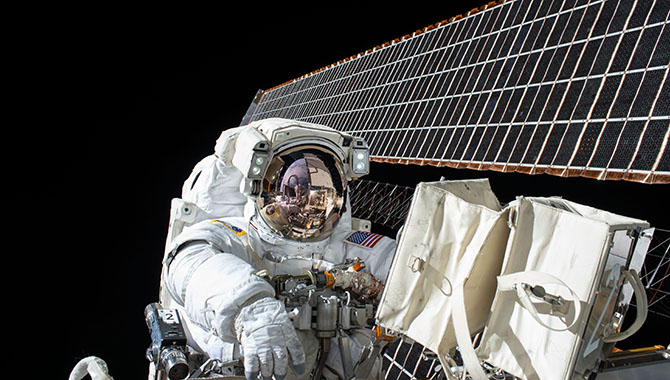
This course is designed to provide you with an overview of the Extravehicular Activity (EVA) suit water intrusion close call which occurred on July 16, 2013. Two U.S. crew members aboard the International Space Station had to terminate an EVA when one of them reported water inside his helmet. A summary of the events leading up to the accident, a discussion of the underlying and proximate causes, root causes, and lessons learned by NASA are presented by Chris Hansen, Chairman – Mishap Investigation Board and Manager, Extravehicular Activity Office at Johnson Space Center.